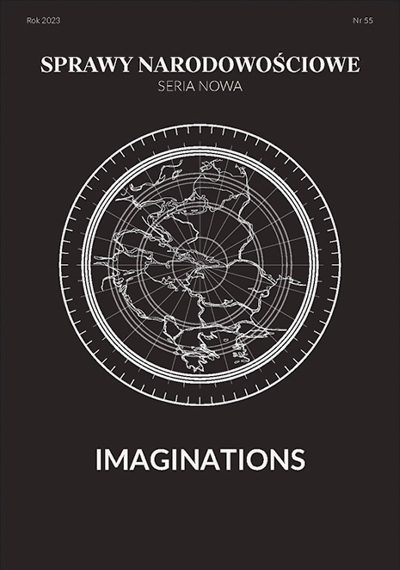The Symbols That Failed: The Formation and Promotion of Czechoslovak State Symbolism after 1918
The Symbols That Failed: The Formation and Promotion of Czechoslovak State Symbolism after 1918
Author(s): Vojtěch KesslerSubject(s): Pre-WW I & WW I (1900 -1919), Interwar Period (1920 - 1939)
Published by: Instytut Slawistyki Polskiej Akademii Nauk
Keywords: nationalism; Czechoslovakia; state symbols; national identity; Habsburg Empire;
Summary/Abstract: This article presents selected symbols that were adopted, either through official legislation or through political and social negotiations, as symbols of the state after the fall of the Habsburg Empire and the establishment of the Czechoslovak Republic. Their main weakness was their strong association with Czech identity. The symbols of the new state came from the period of mutual national struggles and identity affirmation in the last decades of the monarchy, but they were only significant for the modern Czech nation. This was the reason why they never became a unifying element of the democratic and multinational Czechoslovak state, nor did they appeal to most of its Slovak inhabitants, whose historical traditions and symbols were virtually ignored. What is more, they were even perceived as provocative and hostile by the German, Hungarian, Ruthenian and Polish populations of the interwar Czechoslovak Republic.
Journal: Sprawy Narodowościowe
- Issue Year: 2023
- Issue No: 55
- Page Range: 1-17
- Page Count: 17
- Language: English

